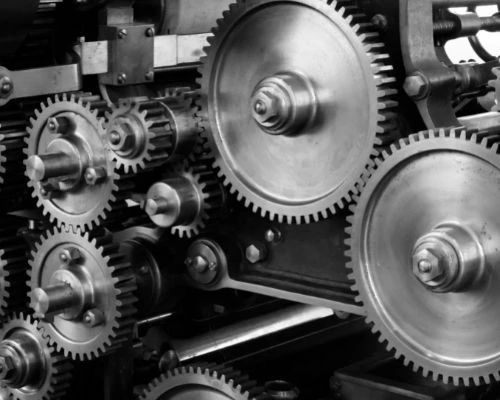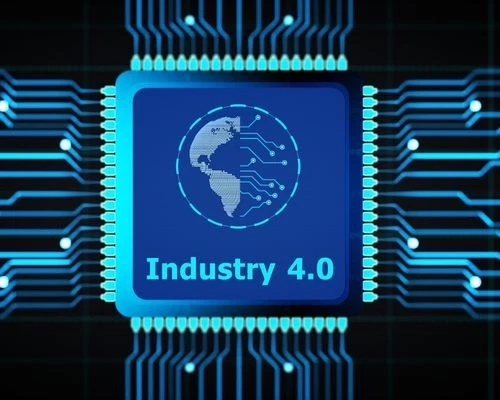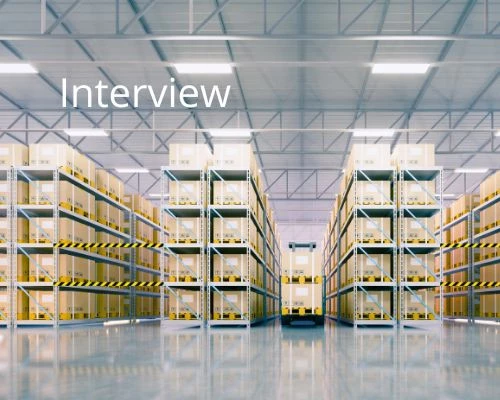Step Aside Digital Twin, Here Comes the Industrial Metaverse
Add bookmark
Manufacturers have been using digital representation of their products, processes and facilities for years. These digital representations – “digital twins” – can make use of live data coming in via sensors from machines on the shop floor to allow manufacturers real time insight into business operations.
Digital twins are said to improve maintenance, enable remote monitoring and collaboration, and improve decision making by allow engineers and managers the ability to run simulations to test new ideas in the virtual environment.
But has the time come to move beyond digital twins into the metaverse? Jan Burian, Senior Research Director, Head of IDC Manufacturing Insights EMEA, certainly thinks it’s worth exploring.
The metaverse – essentially a digital world where people can interact in new ways - hit prime time last year when social media giant Facebook announced it would rebrand simply as ‘Meta’ - a nod to the rising importance of this new digital realm.
Tech companies and investors are betting big on the future prospects. Analysis from Bloomberg expects metaverse related funds to grow to $80 billion by 2024.
So just what would an industrial metaverse look like for manufacturing companies? In this interview, Burian defines the industrial metaverse, discusses the differences between it and a digital twin and offers his insight into emerging use cases.
Diana Davis, IX Network: How do you define the industrial metaverse?
Jan Burian, IDC: At IDC we define the metaverse as a highly immersive environment that blends the physical and digital to drive shared sense of presence, interaction, and continuity across the multiple spheres of work and life.
The industrial metaverse takes it beyond the purely digital and into an environment that is connected with the real world.
In that sense, the industrial metaverse is like a digital twin. With data and IoT, the industrial metaverse could be built on a real time data to provide many of the insights that the digital twin provides us.
Diana Davis, IX Network: So, what is the difference between the industrial metaverse and a digital twin?
Jan Burian, IDC: We refer to the digital twin as a platform whereas the industrial metaverse is more like network of digital twins.
For instance, if you take a hypothetical situation, you could have the whole of your plant in your digital twin. That would include all of the assets and all of the processes. This is doable today – although I don’t believe anyone has currently mapped their entire operations in this way because it would be expensive and time consuming with questionable benefits.
But when you consider your factory, you operate as part of a value chain. There are Tier 1, Tier 2, Tier 3 suppliers and raw material producers that are an essential part of your ecosystem. What if they could also interact with your digital twin? Suddenly, you start to move beyond the digital twin as we know it today and towards the industrial metaverse.
If you take Toyota, for instance, you have their suppliers providing inputs, then you have logistics providers transporting both inputs and outputs, you have the car dealers and you have the customers. If you could bring that ecosystem together digitally, you could start to get new insights and work together in ways that weren’t previously possible.
The more open your metaverse is to your suppliers and customers, the more benefit you can achieve. The industrial metaverse is essentially an expansion of the digital twin concept.
Diana Davis, IX Network: What kind of use cases do you think we'll see emerging at manufacturers in the near future?
Jan Burian, IDC: We’re already seeing manufacturers create digital factories.
BMW Group is working with NVIDIA on their omniverse digital factory, for instance. It’s not the industrial metaverse in the sense of having different ecosystems interact – it’s still BMW centric and isolated from its wider supply chain – but it allows BMW engineers to simulate a process and understand the different correlations between the processes for technical commissioning. It also allows BMW engineers from different parts of the business to work together in a virtual environment.
Another good example is at InBev and their “digital brewery.” They use Microsoft’s Azure web services, which offers a type of digital twin that synchronizes with the physical environment.
Finally, at Hyundai Motor metal factory they are building a metaverse-based digital twin factory where they are able to optimize the plant operations.
In terms of general cases, I can see several: asset management, maintenance, simulation, training, payment, customer insight.
It could also be very useful in terms of selecting a service provider, for instance. When you’re selecting a vendor, for instance, you could let service providers into your virtual factory and give them a test in your virtual production facility.
I can see the metaverse becoming a space where manufacturers design, simulate, test, and order, products and services. It is a great environment for collaborative research and development.
Finally, the metaverse could allow manufacturers better insight into the full life cycle of a product. The industrial metaverse can extend beyond the walls of an individual factory where the product can be tracked as it is used by customers and eventually disposed of. That will allow manufacturers to generate better customer insight and understanding of how the product is being used.
For instance, if we take a washing machine. What happens is that the washing machine gets sold to an end customer and is physically put somewhere out there in the real world. However, that machine could still be generating data and sending it to the OEM. Engineers could then leverage that data for different aspects of future design or recycling.
Diana Davis, IX Network: That’s interesting. You wrote recently that sustainability was one area where you thought the Industrial Metaverse could be useful. How?
Jan Burian, IDC: The metaverse reduces the need to move people and things around in the physical world. We can do more testing in the virtual environment, for instance. Reducing physical movement can reduce resource use and save energy. More business can be conducted digitally, as well, which also helps to reduce carbon emissions.
This ability to track a product through the whole lifecycle in the metaverse is something that manufacturers can also use to enhance sustainability.
Finally, supplier assessment and management is another area where I can see a use case where the metaverse can help with sustainability efforts. A sustainability code of conduct, for instance, is currently very hard to implement on a global scale because some organizations have hundreds or thousands of suppliers.
The metaverse could be an effective environment to assess a supplier’s environmental and social responsibilities credentials. There may be ways that this could be automated and perhaps even allow suppliers to benchmark against their peers.
The manufacturers in the automotive and CPG industries are likely to be the early adopters of this technology. But they have the power to influence the whole supply chain, so I think we’ll see the industrial metaverse appearing at other manufacturers over time.
Diana Davis, IX Network: You've written about something that you call the ‘Mental Digital Divide’ and I wondered if you could elaborate on what it is and why it matters?
Jan Burian, IDC: In some companies, people can be quite suspicious of disruptive technology. They believe that pen and paper are still superior to something that’s in a little block box. I can understand that. With something like artificial intelligence, if you don’t understand how it works, it can be hard to believe that the answer a machine is coming up with is providing real benefit.
But what companies need to do is look at technology more as an opportunity.
Siemens is very good example of an industrial company that has become a digitally enabled manufacturer, for instance. There are many other examples of manufacturing companies that are harnessing the benefits of digital technologies – GE, Procter and Gamble, InBev, Heineken, and Mercedes-Benz to name a few.
We need more companies to step outside their comfort zone and explore the possibilities that the industrial metaverse could offer as then the benefits will start to emerge.
























